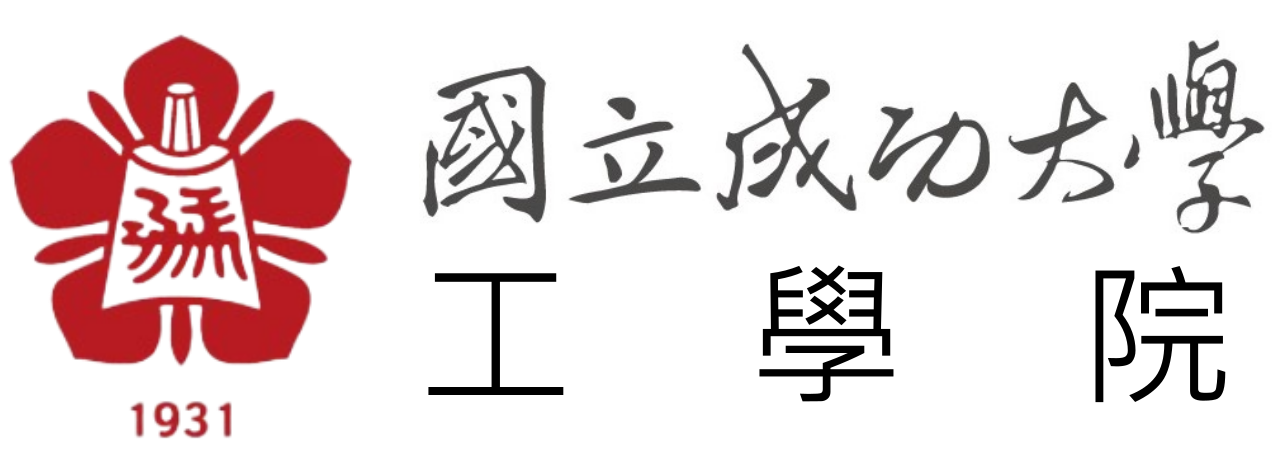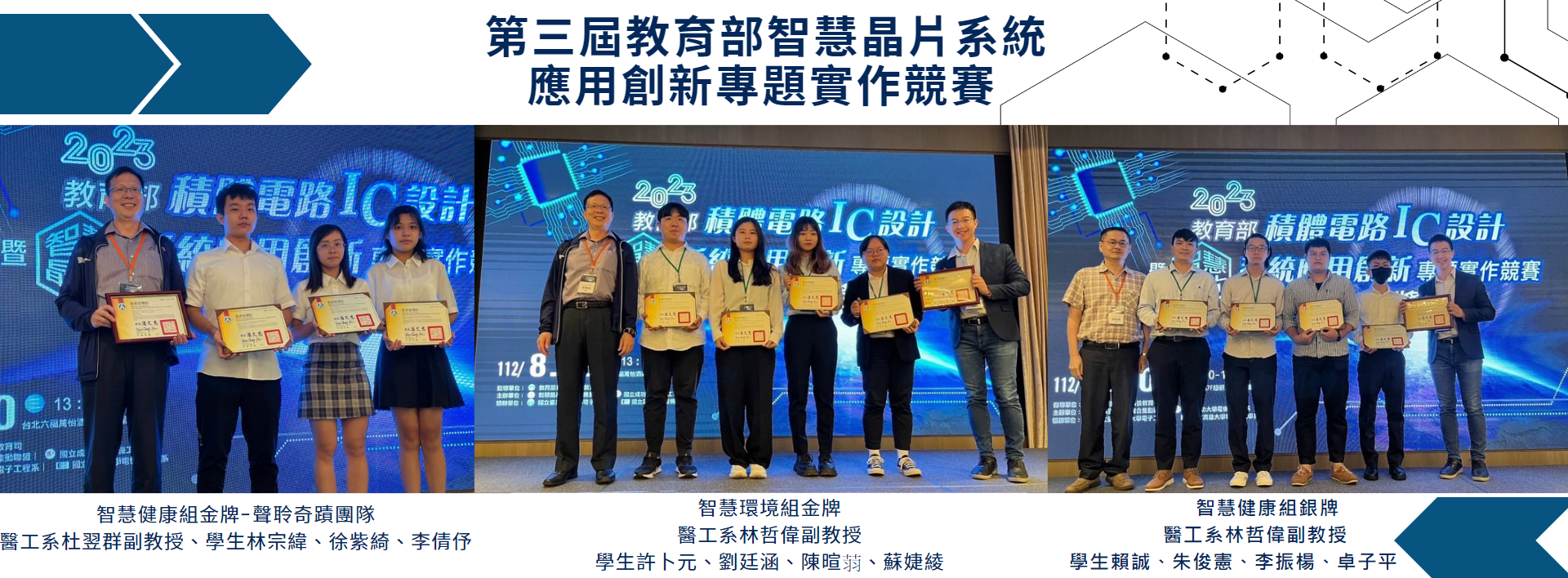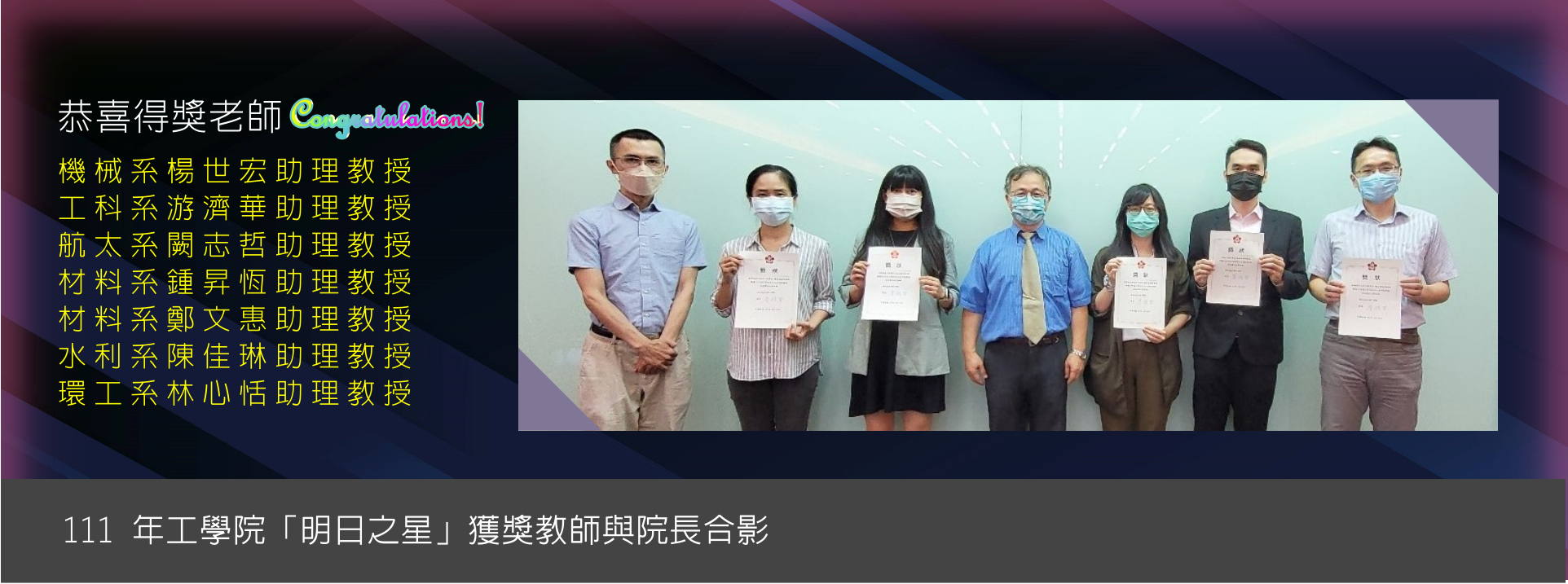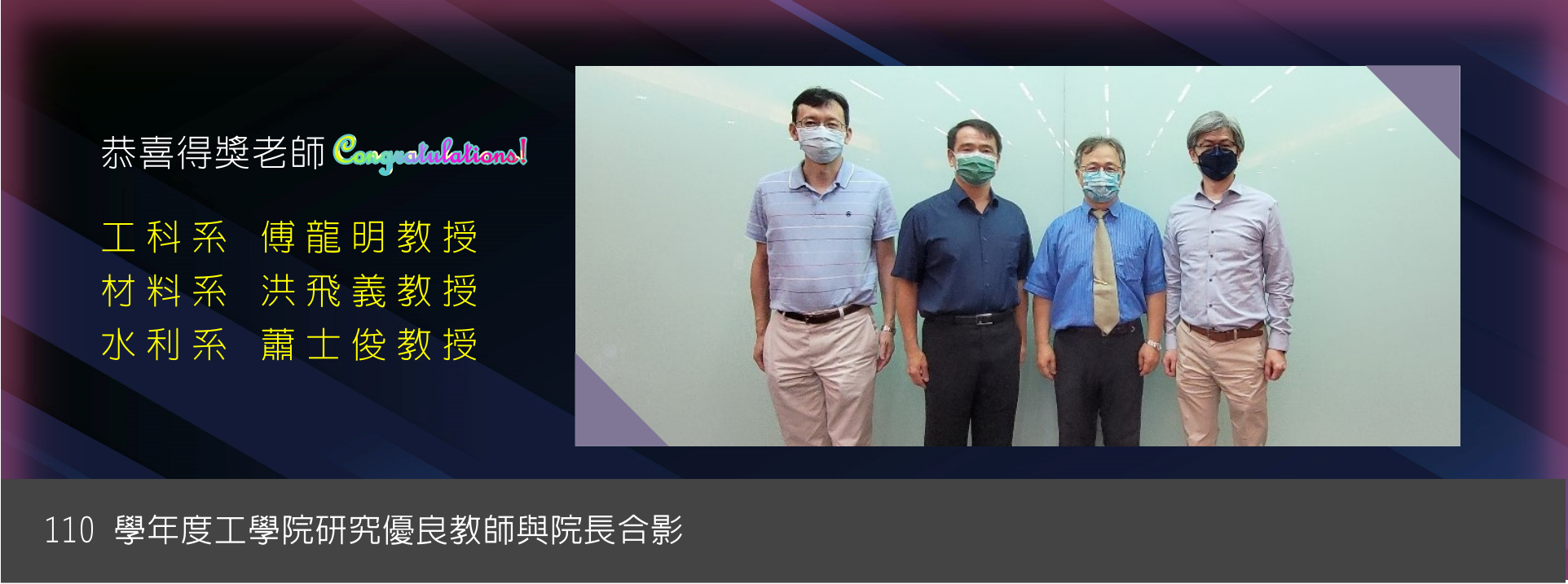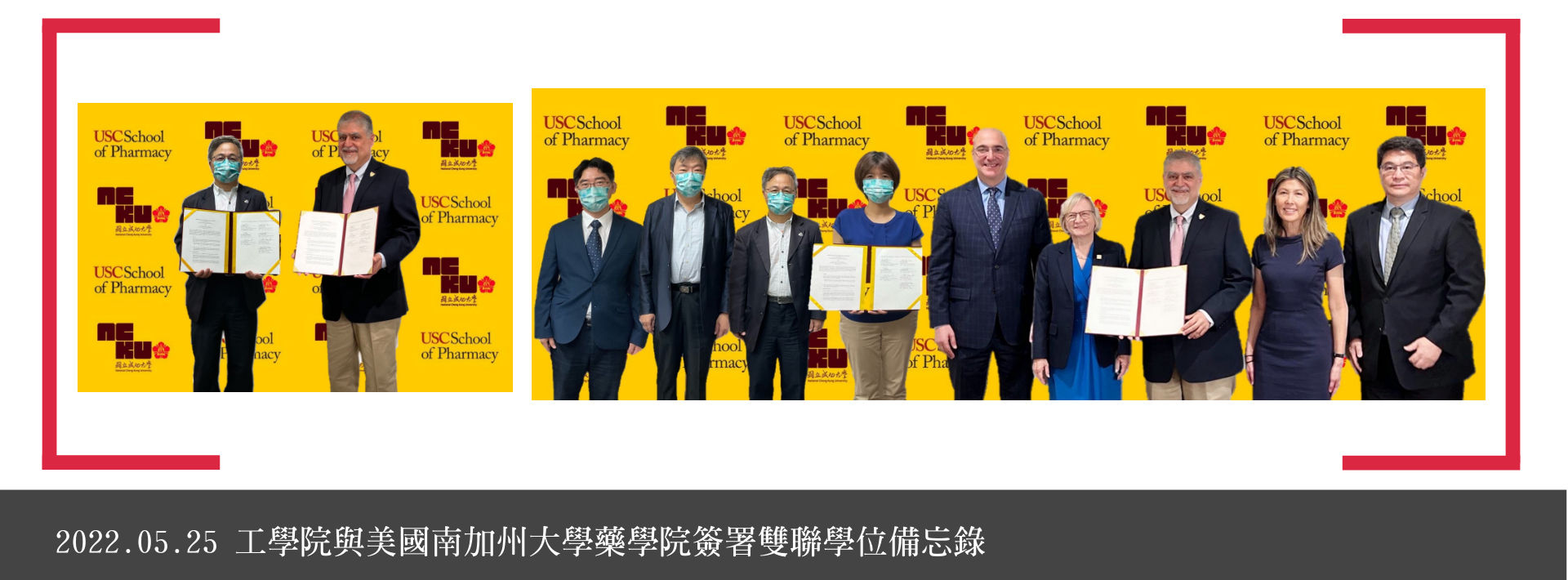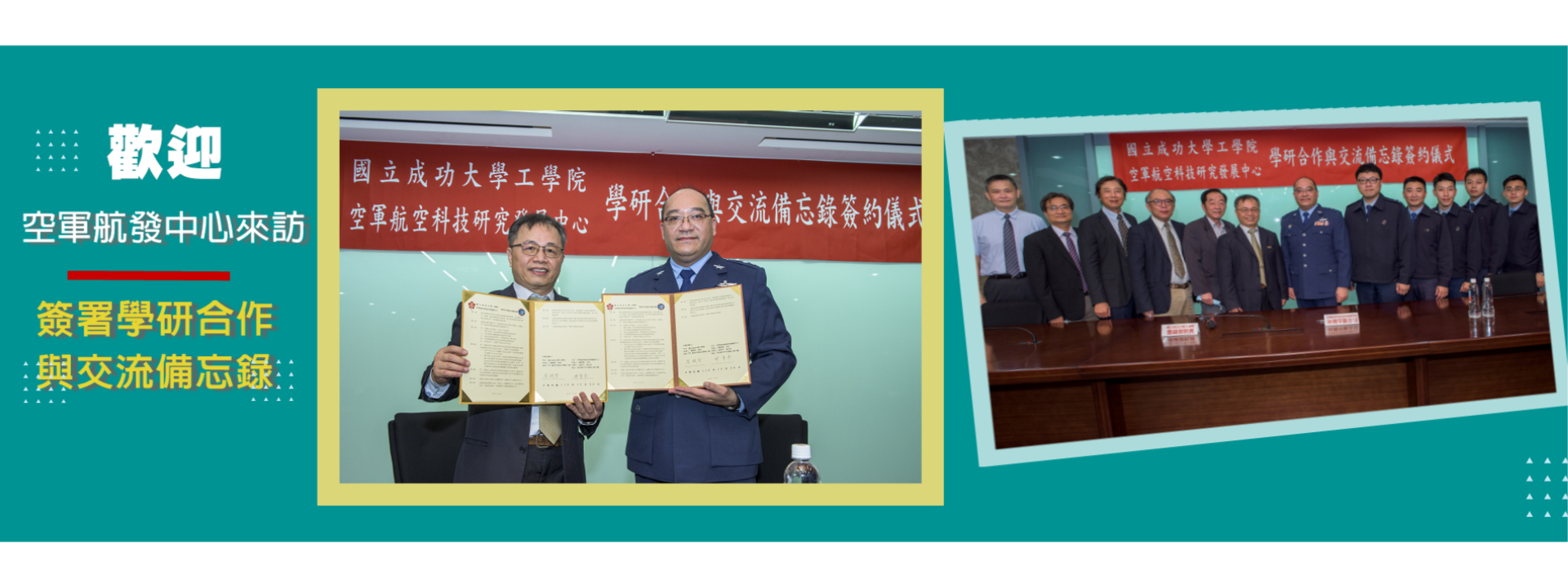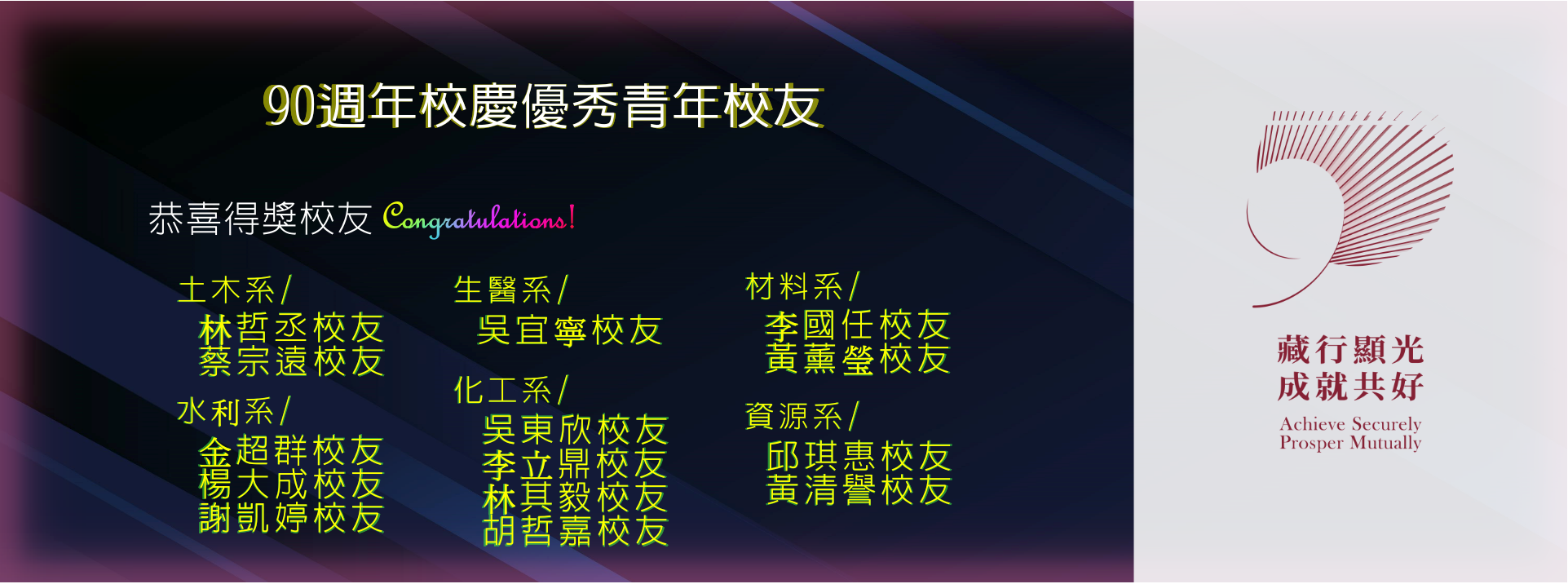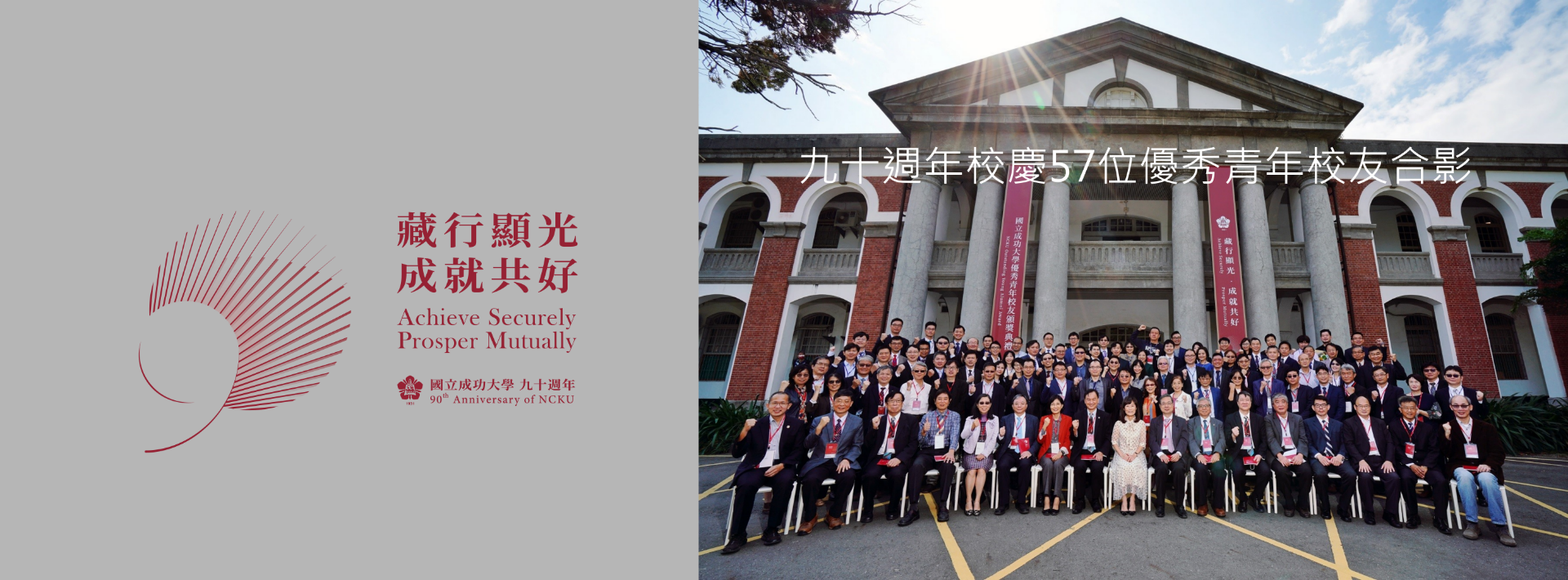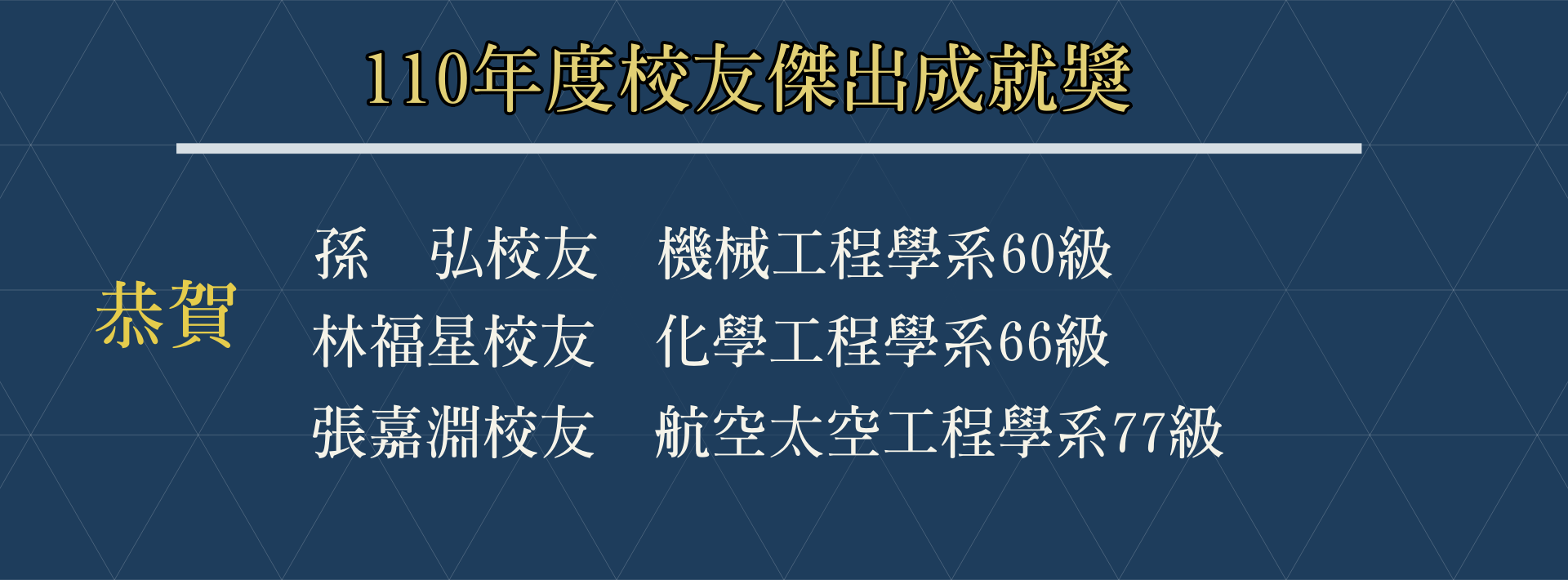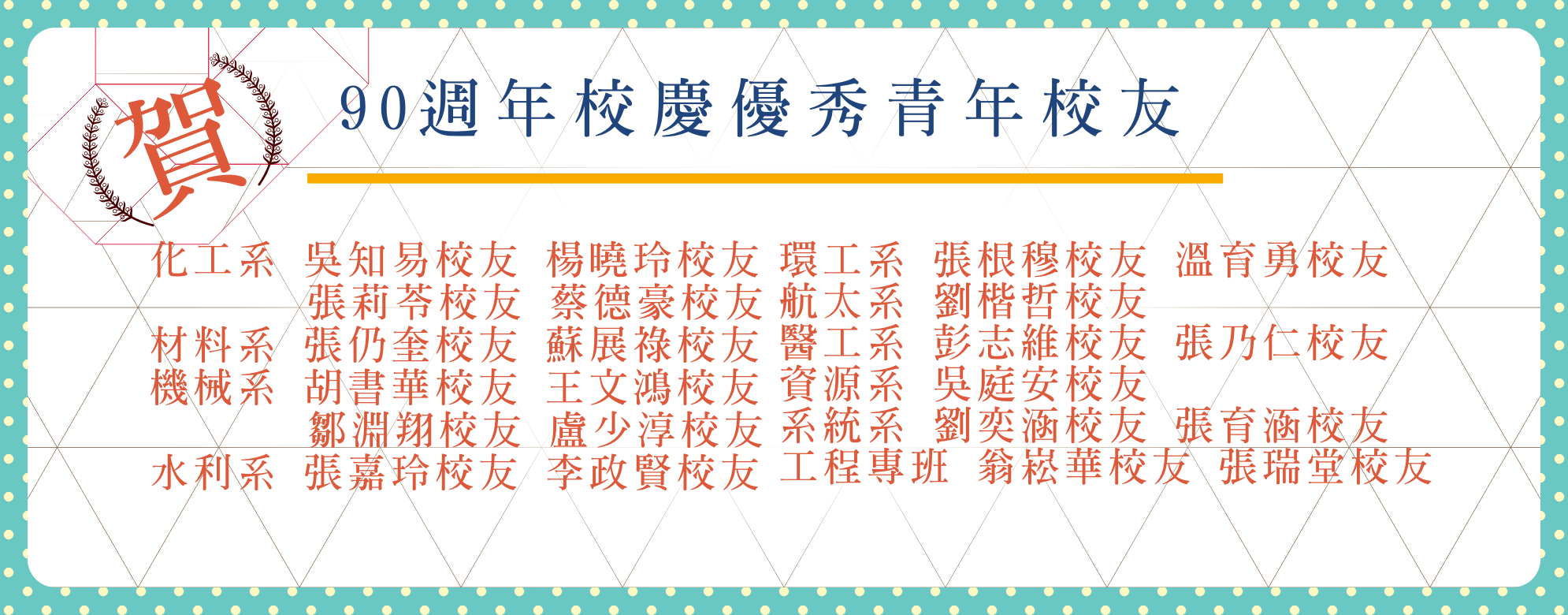Process Plant Operating Procedures – Synthesis, Simulation and Abnormal Situation Management
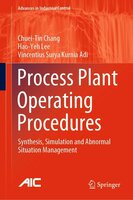
Process Plant Operating Procedures – Synthesis, Simulation and Abnormal Situation Management
Chang, Chuei-Tin
Department of Chemical Engineering
Springer Nature Switzerland AG, 2021
ISBN 978-3-030-70977-8
Abstract
This book presents an introduction to both theoretical and application aspects of procedure synthesis, which is primarily concerned with the task of conjecturing the sequence of controller (or operator) actions needed to achieve the designated operational goal(s) in a given system. The formal problem statement, two alternative approaches, their validation methods and a series of realistic examples are provided in sufficient detail to facilitate practical implementation. It is thus appropriate for use as an industrial reference, a senior level design course or a graduate course in chemical process design, control and/or operation.
Standard operating procedures (SOPs) are widely adopted for start-up and shutdown of continuous processes, for normal operations in batch processes, and for other indispensable activities, such as sampling, maintenance and emergency response, etc., in various process plants. This book attempts to bridge the gap between academia and practice by exposing the practitioners (i.e., researchers and engineers) to an important area of plant operation.
The contents in each chapter are briefly summarized in the sequel:
Chapter 1 provides a general introduction to the problem at hand. All available data for the procedure-synthesis problem are assumed to be embedded in the process flow diagram (PFD) and the piping and instrumentation diagram (P&ID) of a given plant, while the operating procedure is regarded as the “solution” and can usually be expressed with a sequential function chart (SFC) and a Gantt chart. A formal problem statement is also presented accordingly in the end of Chapter 1. Two alternative solution strategies are provided next in this book. A heuristic approach for procedure generation is outlined in Chapter 2, while a model-based approach is in Chapter 3.
The aforementioned solution strategies are applied to various realistic problems in Chapters 4 through 6 to generate normal operating procedures. Aided with the commercial package Aspen Plus Dynamics○R, the heuristic approach is followed in Chapter 4 to produce SFCs for the start-up operations of simple, extractive and reactive distillation columns and for the loading and unloading operations of LPG, liquid ammonia and chlorine. By making use of Petri nets, the feasibility and effectiveness of model-based procedure-synthesis approach is demonstrated with a wide variety of industrial case studies in Chapter 5. The specific examples adopted in this chapter are concerned with the cleaning operation of a pipeline network, the material transportation operation in a batch plant, a beer filtration process and a semiconductor manufacturing process. The alternative discrete event (DES) models, i.e., automata, are then utilized in Chapter 6 to generate SFCs and Gantt charts for operating a thermal buffer tank, an air drying process, a multi-tank blending/buffer system, and a batch evaporation system.
The solution strategies given in Chapters 2 and 3 are also applicable for abnormal situation management (ASM). More specifically, in the presence of fault(s) or failure(s), there may be urgent needs for inventing and implementing temporary procedures to perform diagnostic tests and/or emergency response actions. These applications are described in Chapters 7 through 10.
中文介紹
本書主旨為介紹『操作步驟合成』的理論及應用,此一工作可以被看作是預測(或設想)出在給定系統中為達到指定操作目標而必需依循的特定控制器(或操作員)動作之順序。本書內容包括:化學工廠操作步驟合成工作的正式問題陳述、兩種可替換的求解問題方式、對應操作步驟的驗證方法、並詳細闡釋了一系列例題,幫助讀者深入瞭解並實際應用。因此本書可以被用作業界工程師的參考書,部份內容也可當作大學部四年級或是研究所程序設計、控制及操作的課程教材。
標準作業步驟(Standard operating procedure, SOP)在化學工業中廣泛的被應用在各類連續製程的開/停俥操作、各類批次製程的正常生產操作、以及許多化學工廠中其他眾多且必要的例行作業,如取樣、維修和緊急應變措施等。撰寫本書的目的之一就是嘗試讓讀者注意到在化學工廠中此一重要的工程領域,俾能橋接起學術研究與工廠實務之間的隔閡。
本書共分十章,為求敘述上的簡潔,在此省略各章進一步詳細內容介紹,有興趣的讀者,可參考英文版簡介,或是直接閱讀本書。
